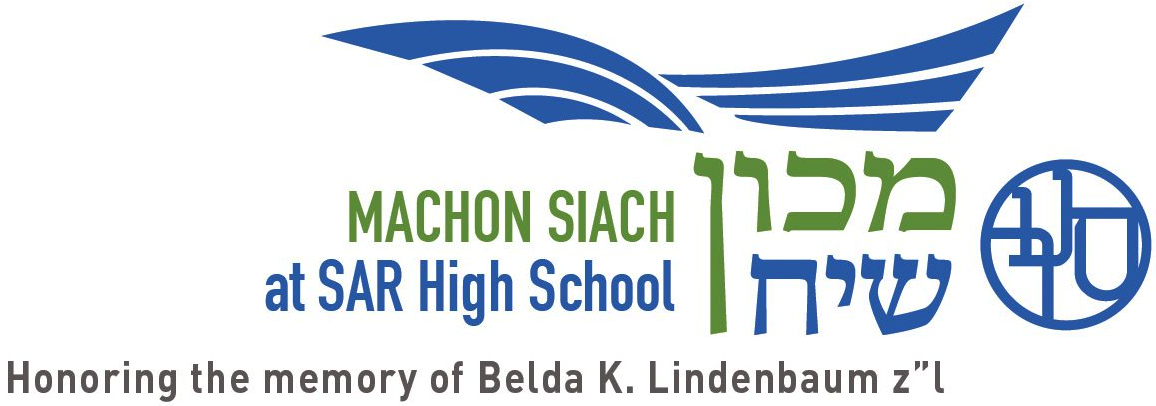
Teaching Gemara Amidst Antisemitism
I typically introduce the passage to my students as “The Loehmann’s Gemara.”
In recent years, I have had to explain the Loehmann’s reference, often adding a more familiar retail example (outlets, rack, etc.) for my students to appreciate the discount/wholesale versus full price/retail distinction. But this year, studying this familiar, lighthearted text sparked a much more serious and meaningful conversation about Jewish stereotypes and antisemitism.
The gemara (Yerushalmi Sanhedrin 8:3) identifies the character traits essential for labeling a wayward and rebellious adolescent as a true Ben Sorer U’Moreh — a menace who must be eliminated based on the threat he poses to society. One of those negative attributes, based on a midrashic reading of the word zolel, is that the young man must be a spendthrift. The specific example used is striking as the gemara delineates the profligacy qualifications in precise fashion. On the one hand, if the young man excessively overpays (eg. he pays five dollars for three dollars of meat), he is not considered a threat because he is dismissed as an idiot by his peers, mitigating his negative influence. On the other hand, if he purchases goods at a discount (eg. he pays three dollars for five dollars of meat), he is also not a threat, because he possesses the redeeming quality of thrift and will likely outgrow this rebellious phase. Who, then, is viewed as a real threat? The Yerushlami identifies the potential Ben Sorer U’Moreh as the adolescent who pays full price (eg. five dollars for five dollars of meat). It’s an explicit gemara: if you pay retail, you are liable to become a Ben Sorer U’Moreh!
In past years, students reacted to this gemara by questioning its logic and by chuckling at its implications about proper spending habits. They’ve asked, wouldn’t someone who is exceedingly wasteful be an even bigger threat? But this year, their reaction was markedly different. They still questioned the gemara’s logic, but, with the proliferation of antisemitic language in popular culture, some students were ambivalent about the gemara’s takeaways regarding Jewish values around money. One student expressed his discomfort sharply: “Is this gemara antisemitic?”
The normalization of antisemitism in our culture is a troubling phenomenon. It is especially destabilizing for Modern Orthodox teenagers who are often more immersed in popular culture and may lack the broader life experience and historical background to contextualize this disturbing trend. The association of Jews with greed is particularly problematic. The theme of greed in antisemitic rhetoric is so widespread that it has led to a long list of Jewish stereotypes, including that Jews are excessively materialistic and money-oriented, exploit others for personal gain, are overly wealthy, and control the world’s finances. This money-oriented stereotype has fueled antisemitism throughout history and still affects Jews today.
SAR High School held grade-wide meetings to discuss the recent episodes of public figures openly expressing antisemitic sentiments or endorsing antisemitic stereotypes. SAR also joined with several other yeshiva high schools to create a student-run forum to explore responses to this pressing issue. But the opportunity to analyze representations of Jewish behavior around money in our gemara class added a critical dimension to the students’ processing of antisemitic discourse.
When the student posed his query, I challenged the students to respond. Their suggestions were illuminating. One noted that the Yerushalmi refers to the adolescent who purchases meat at a lower price as a “human being (bar nash),” suggesting that spending wisely is a positive human attribute rather than a distinctly Jewish quality. Another student rejected the question by highlighting two possible distinctions between the gemara and antisemitic tropes: first, the author of the text or observation and, second, the scope of the claim. The students proceeded to debate the first distinction. Several argued that even a comment by a Jew about fellow Jews (like our gemara) could be characterized as problematic if it instantiated falsehoods that fuel antisemitism. While they didn’t reach definitive conclusions, the conversation helped them think through the difference between “insiders” and “outsiders” to a group, exploring how perspective shapes the implications of various comments. On the second distinction, however, the class reached a consensus. They determined that the Yerushalmi expressing the virtue of spending money wisely is fundamentally different from antisemitic stereotyping of all Jews as possessing an inherently greedy quality.
As the class concluded, students shared that they now felt more equipped to identify and call out hateful statements on social media. Some also acknowledged that they would henceforth be more careful in their own language and usage of stereotypes, for Jews and certainly for other groups. A number of students asked to study rabbinic texts relating to the challenge of excessive materialism, a significant problem in our circles that is weaponized by antisemitic rhetoric but that deserves our attention nonetheless.
Going forward, I am not sure if I will continue to refer to this passage as “the Loehmann’s gemara.” But I will continue to push our students to reflect on the values emerging from rabbinic texts and how those values intersect with the challenges we confront in our own lives today.



